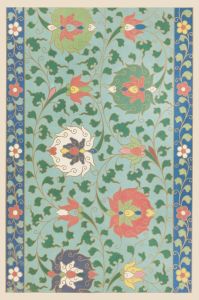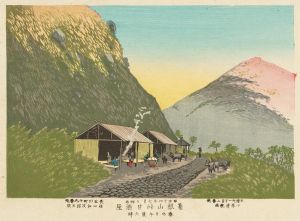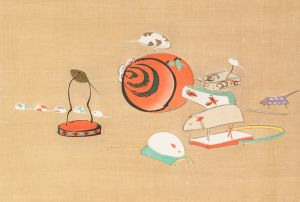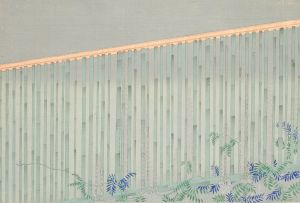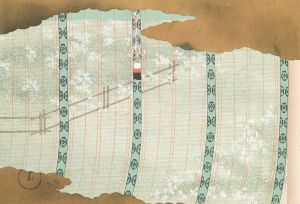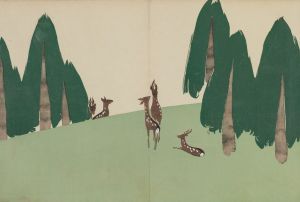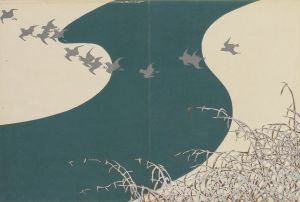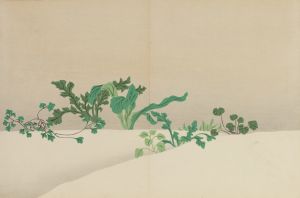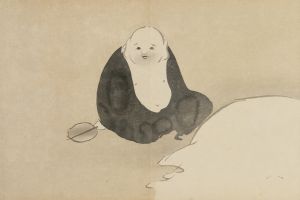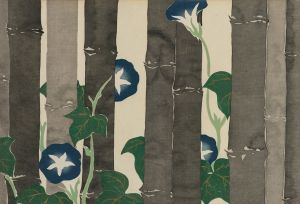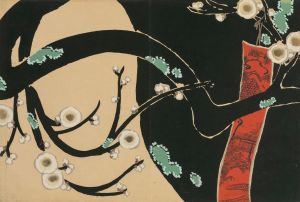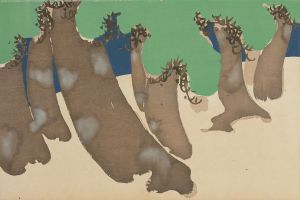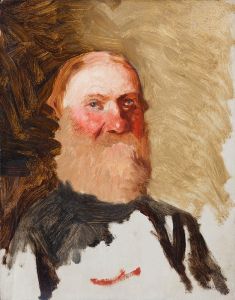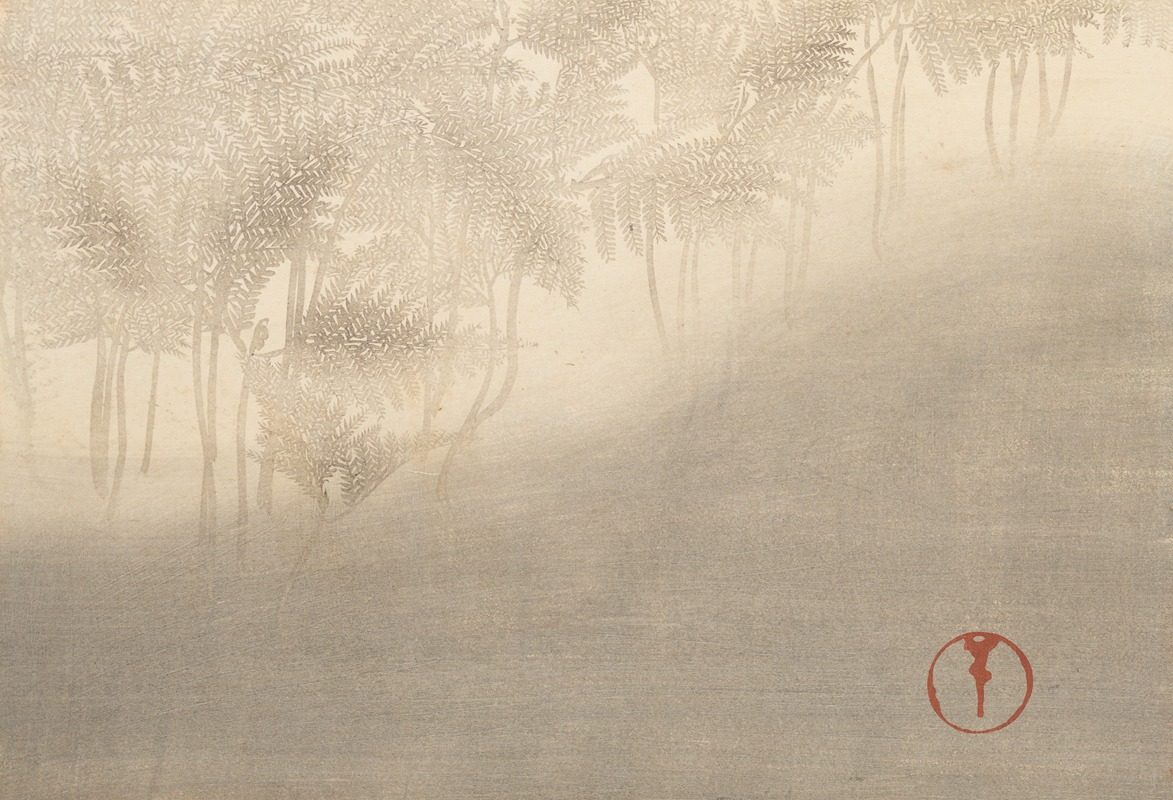
A Thousand Grasses Pl.26
A hand-painted replica of Kamisaka Sekka’s masterpiece A Thousand Grasses Pl.26, meticulously crafted by professional artists to capture the true essence of the original. Each piece is created with museum-quality canvas and rare mineral pigments, carefully painted by experienced artists with delicate brushstrokes and rich, layered colors to perfectly recreate the texture of the original artwork. Unlike machine-printed reproductions, this hand-painted version brings the painting to life, infused with the artist’s emotions and skill in every stroke. Whether for personal collection or home decoration, it instantly elevates the artistic atmosphere of any space.
Kamisaka Sekka (1866–1942) was a prominent Japanese artist and designer, known for his significant contributions to the development of the Rinpa school of painting during the late Meiji and Taisho periods. His work is characterized by a unique blend of traditional Japanese aesthetics and modern influences, which helped to revitalize and transform the Rinpa style for contemporary audiences. One of his notable works is "A Thousand Grasses Pl.26," which is part of a larger series that showcases Sekka's innovative approach to art and design.
"A Thousand Grasses" is a series that exemplifies Sekka's mastery in combining traditional Japanese motifs with modern design elements. The series is known for its vibrant use of color, intricate patterns, and the seamless integration of nature-inspired themes. Sekka's work often features elements such as flowers, grasses, and other natural forms, rendered in a way that highlights their beauty and elegance while also incorporating a sense of modernity.
In "A Thousand Grasses Pl.26," Sekka employs a sophisticated use of color and composition to create a visually striking piece. The artwork is characterized by its bold and dynamic design, which captures the viewer's attention through its intricate detailing and harmonious balance. Sekka's use of color is particularly noteworthy, as he often employed a palette that was both vivid and subtle, allowing for a rich interplay of hues that enhanced the overall aesthetic of the piece.
Sekka's work in "A Thousand Grasses" reflects his deep appreciation for nature and his ability to translate its beauty into a visual language that resonates with viewers. His approach to design was heavily influenced by traditional Japanese art forms, such as ukiyo-e and textile design, yet he was also open to incorporating elements from Western art and design, which he encountered during his travels and studies abroad. This fusion of influences is evident in the way he approached composition, pattern, and color, resulting in a body of work that is both timeless and innovative.
The significance of "A Thousand Grasses Pl.26" and the series as a whole lies in its ability to bridge the gap between traditional Japanese art and modern design. Sekka's work played a crucial role in the revival of the Rinpa school, and his influence can be seen in the works of subsequent generations of artists and designers. His contributions to the field of art and design have been recognized both in Japan and internationally, and his works continue to be celebrated for their beauty, creativity, and cultural significance.
In summary, "A Thousand Grasses Pl.26" by Kamisaka Sekka is a testament to the artist's skill and vision, showcasing his ability to blend traditional Japanese aesthetics with modern design principles. The piece is a part of a larger series that highlights Sekka's innovative approach to art, making it an important work in the context of Japanese art history.





